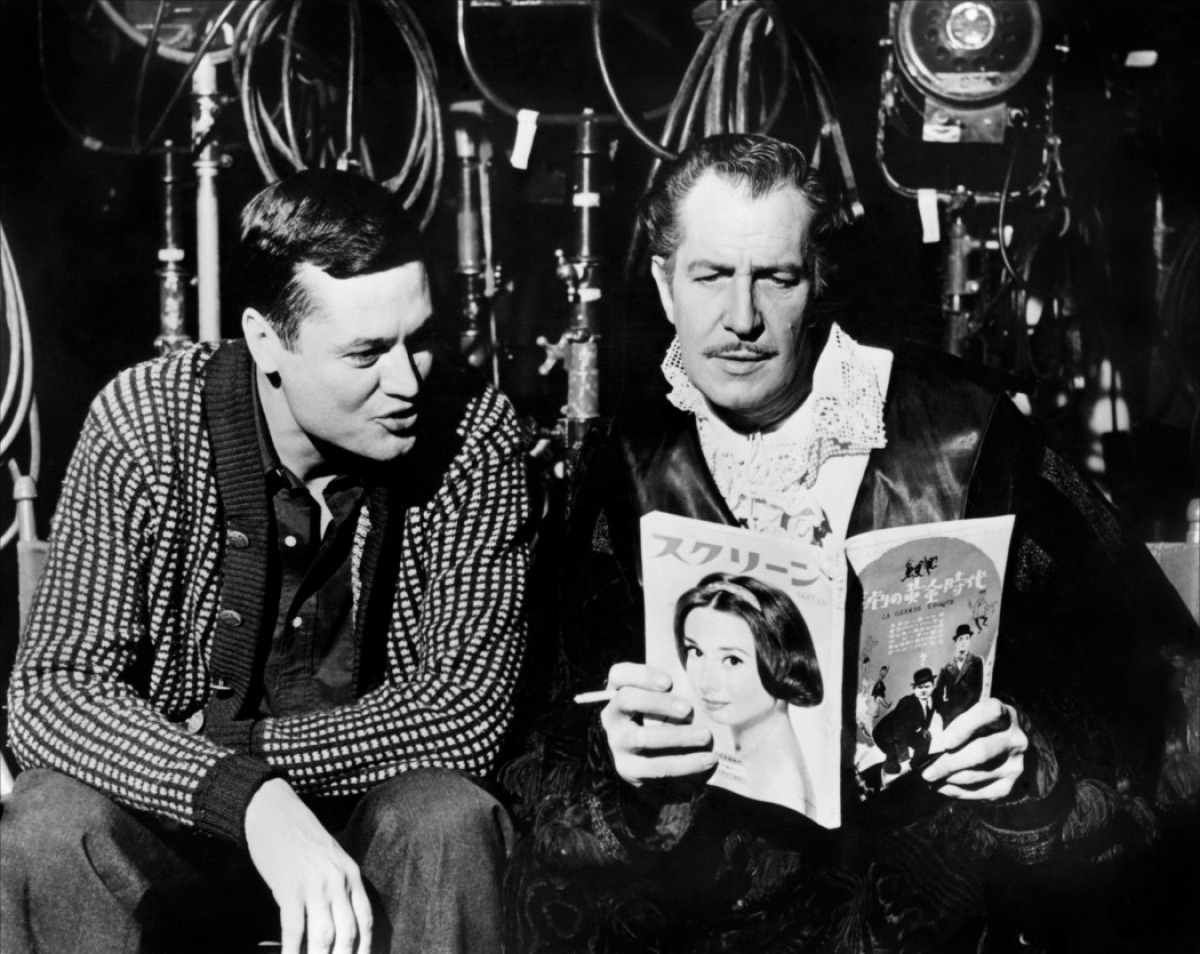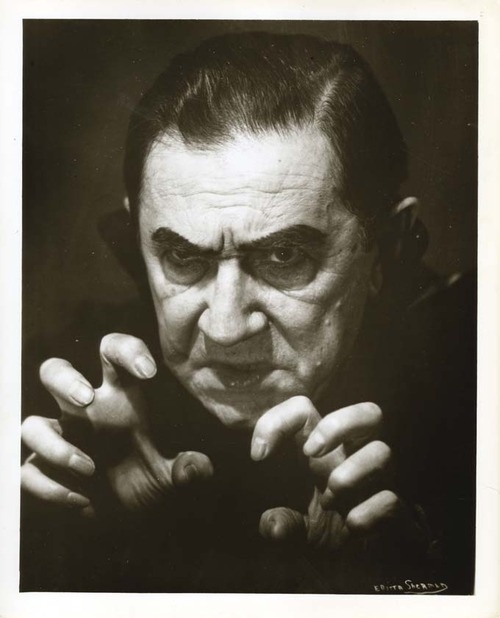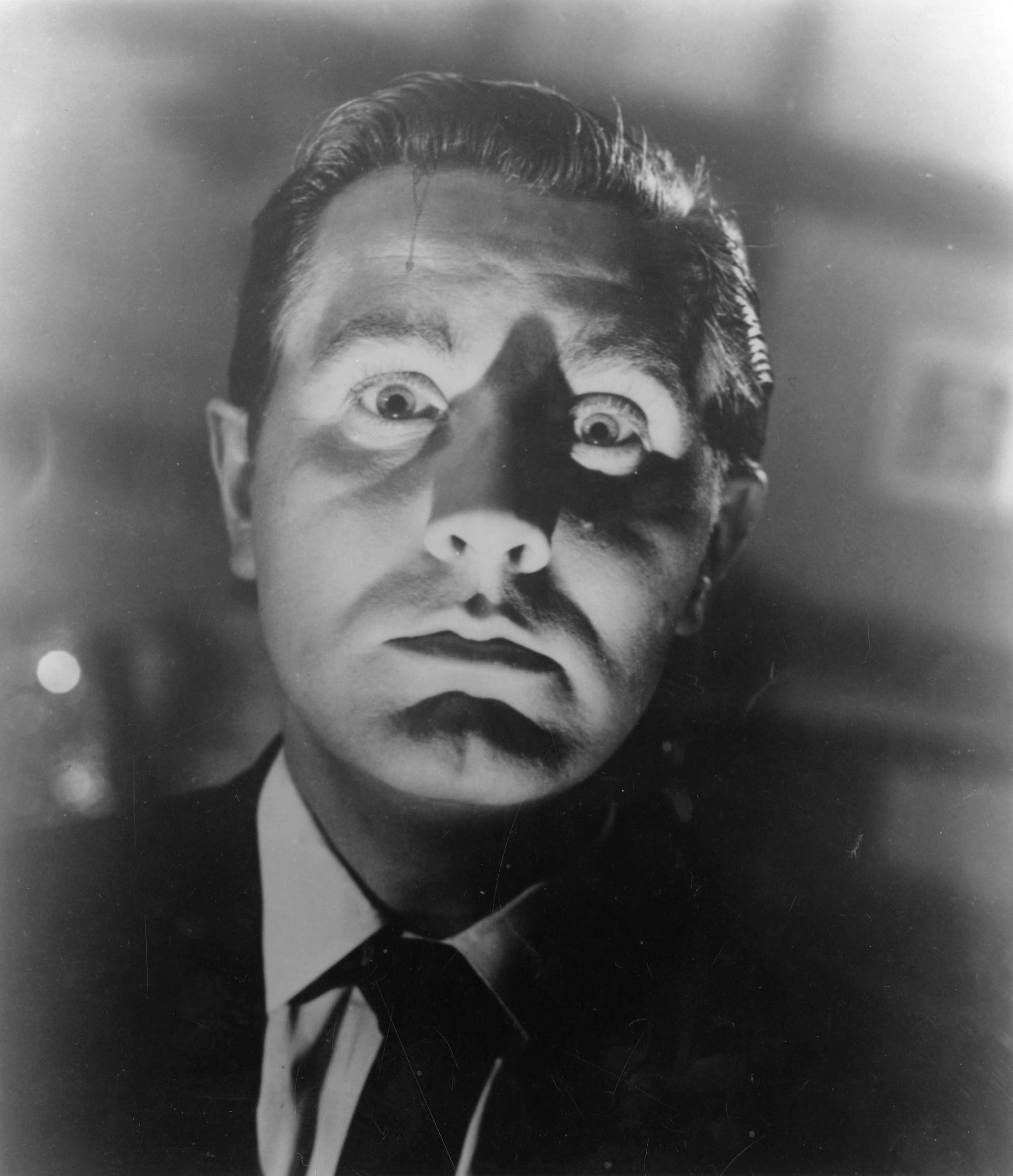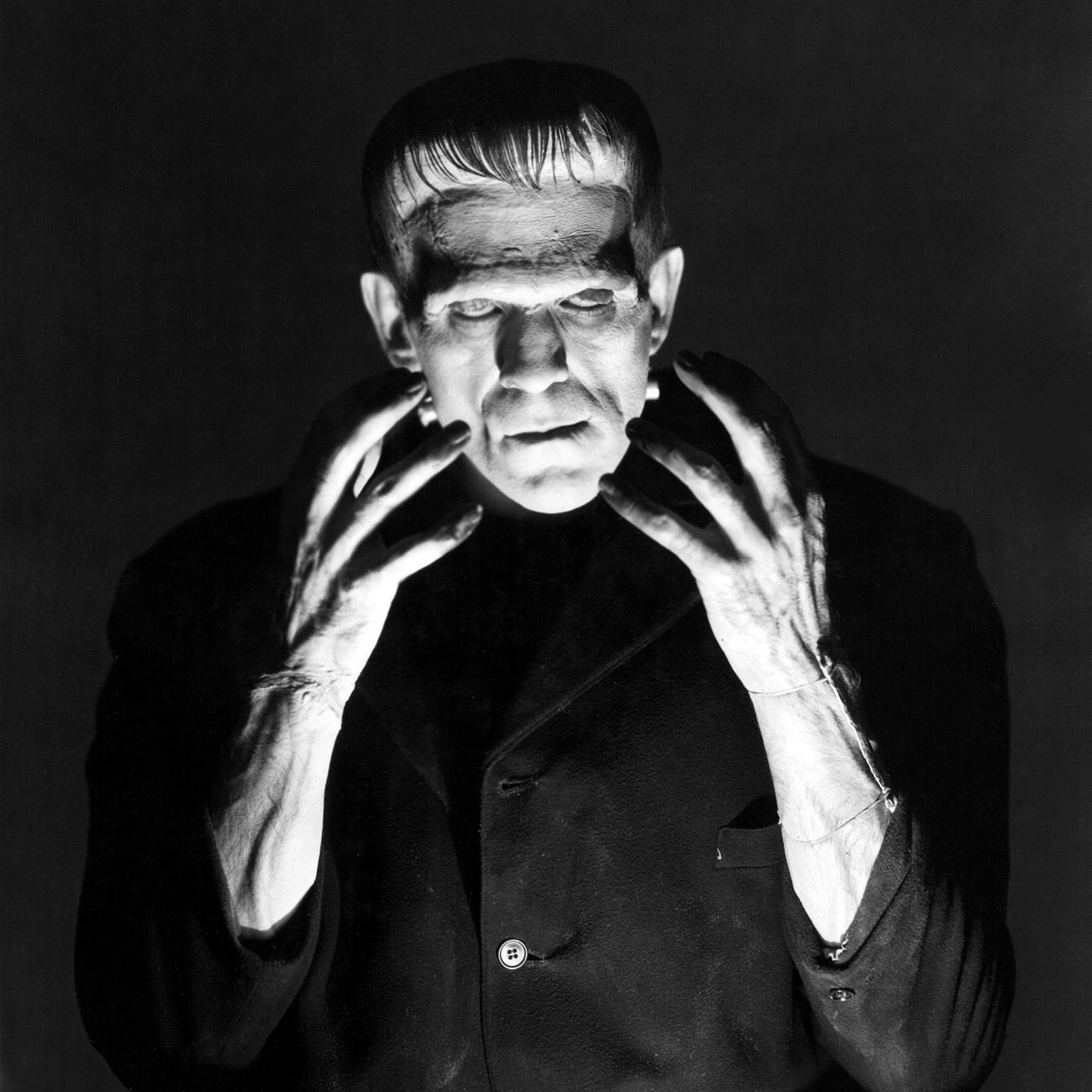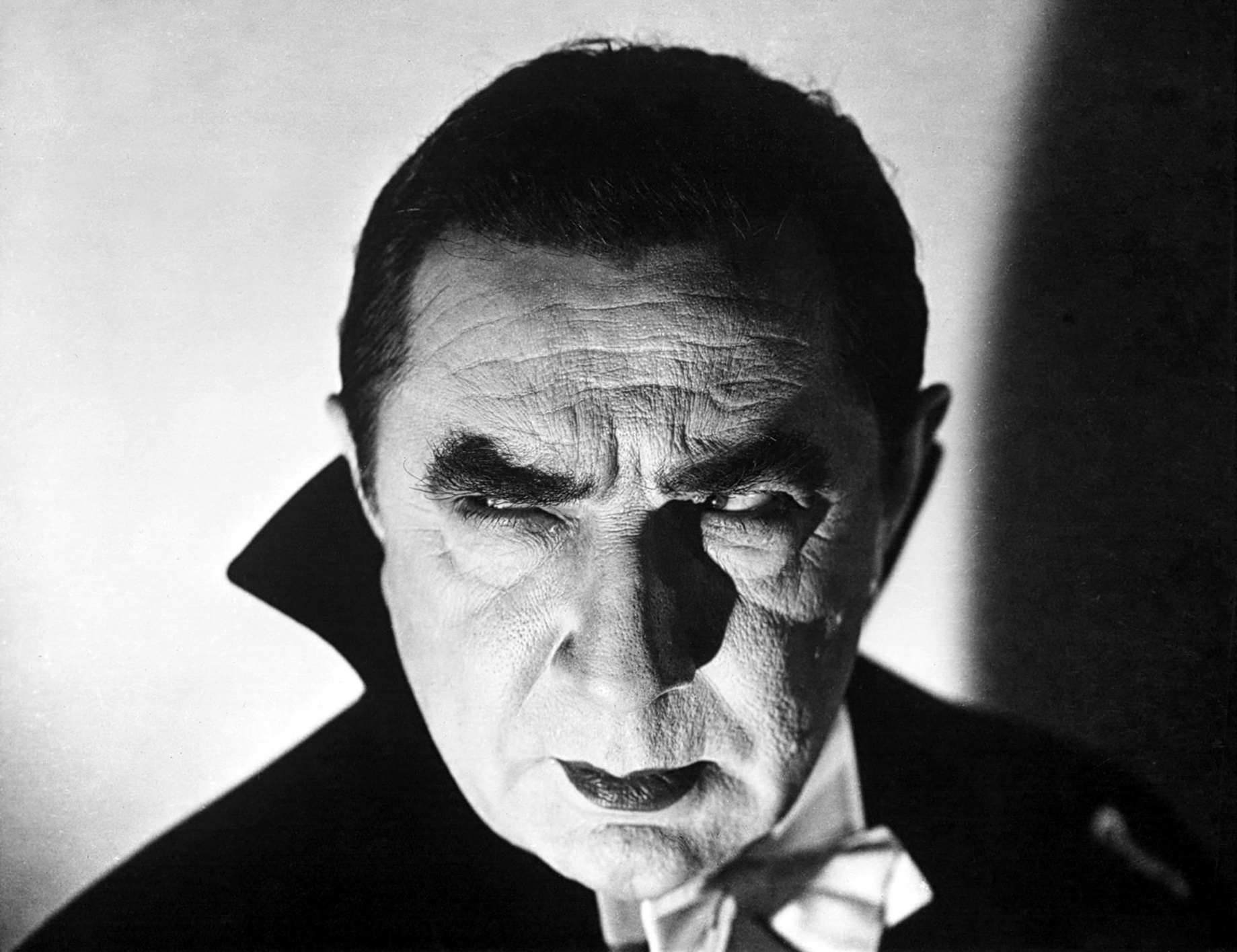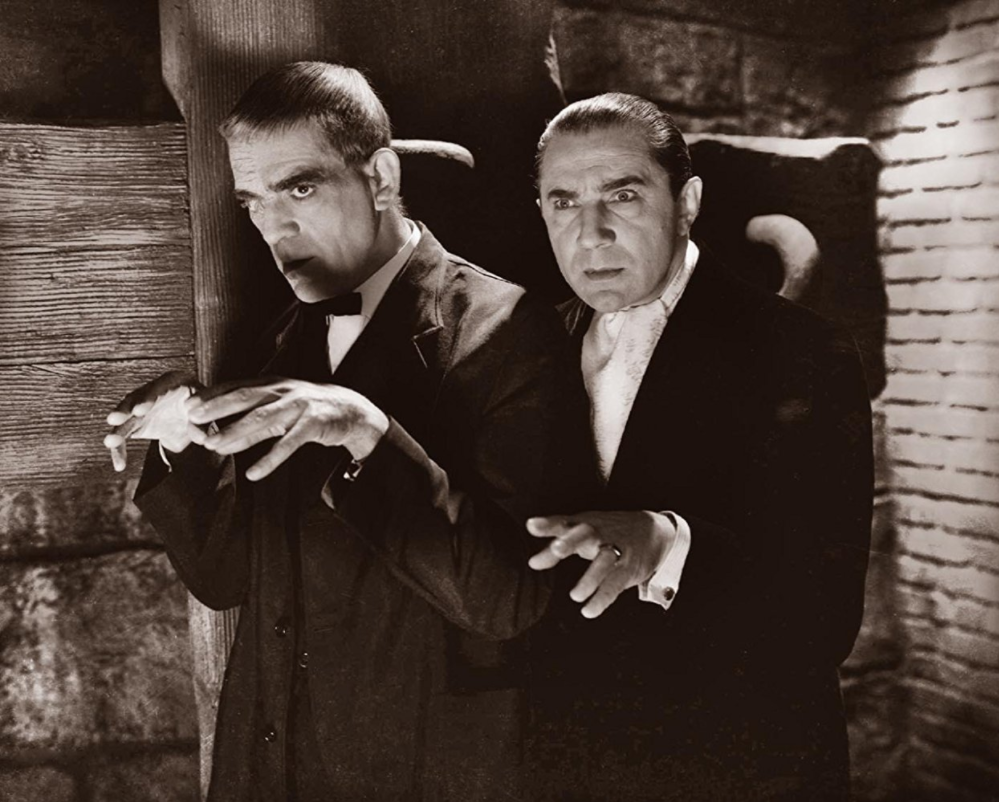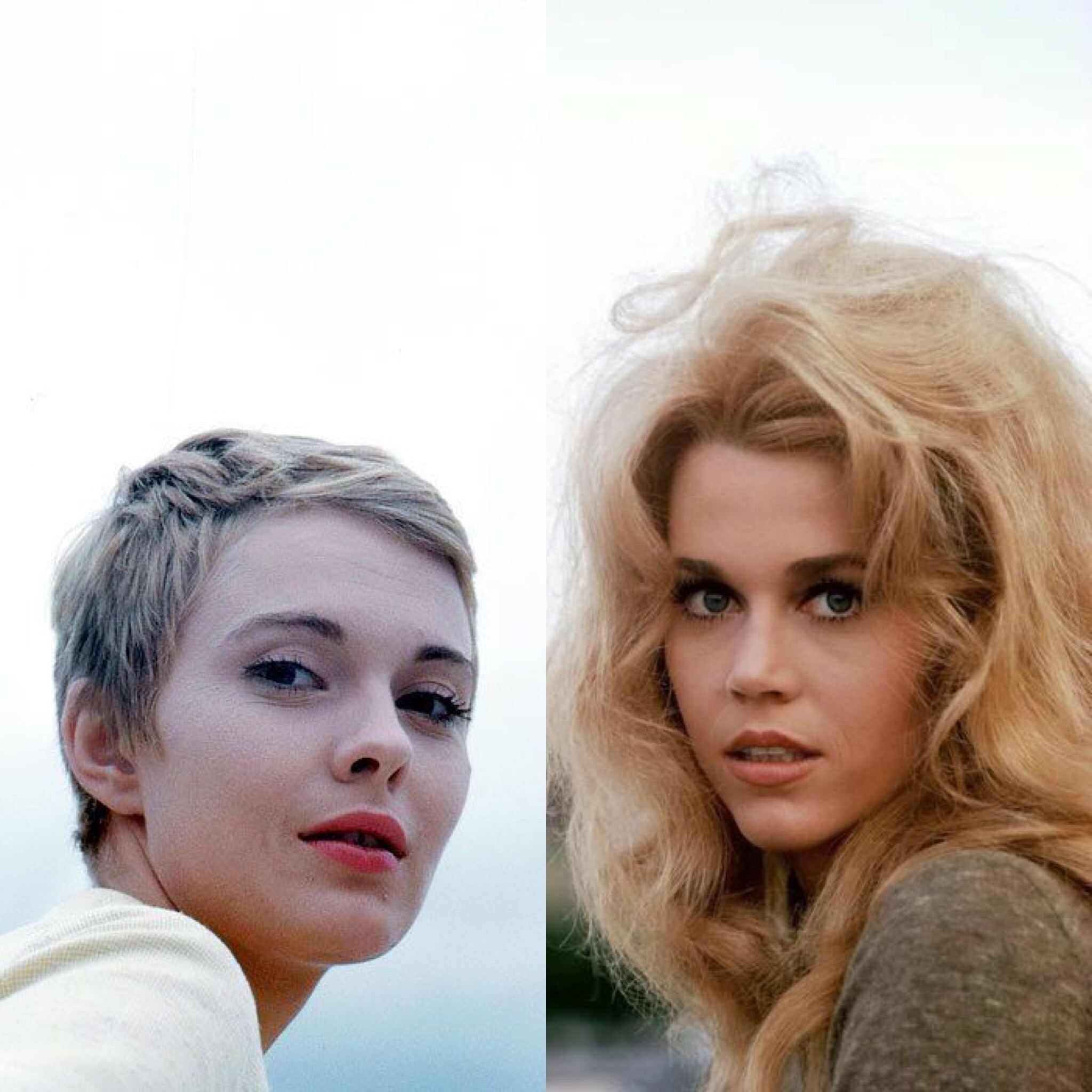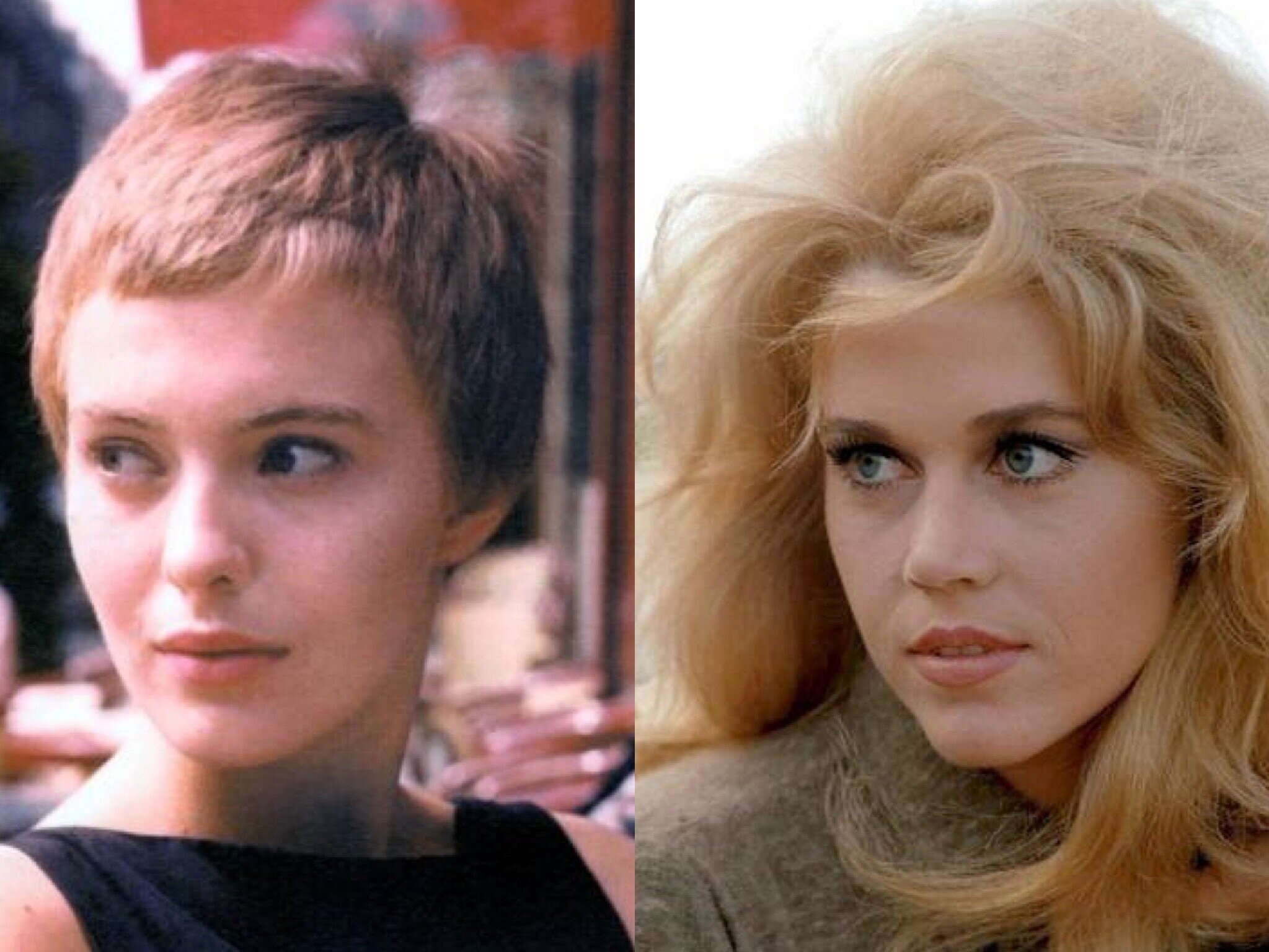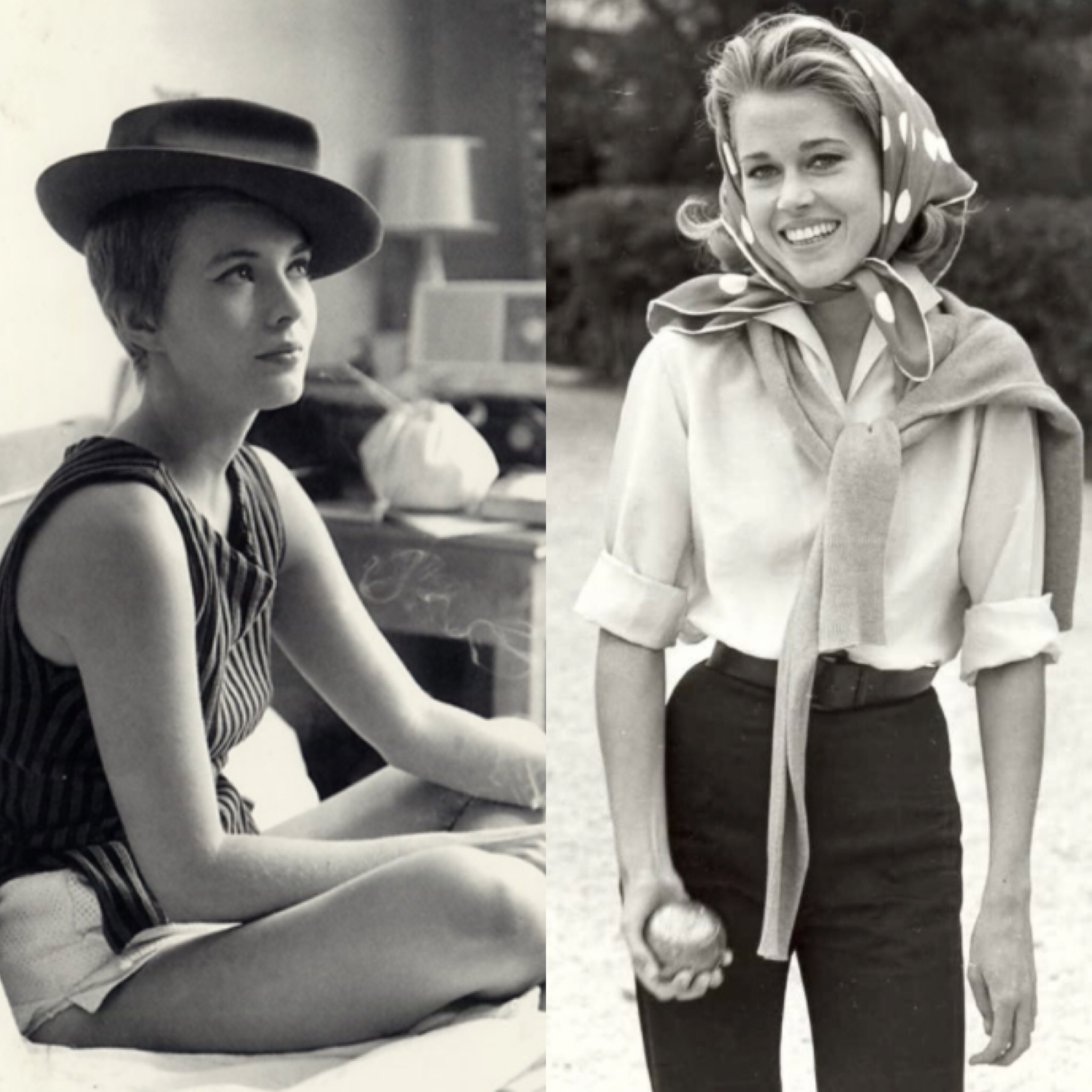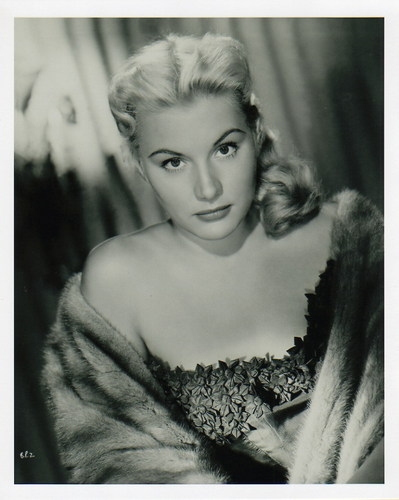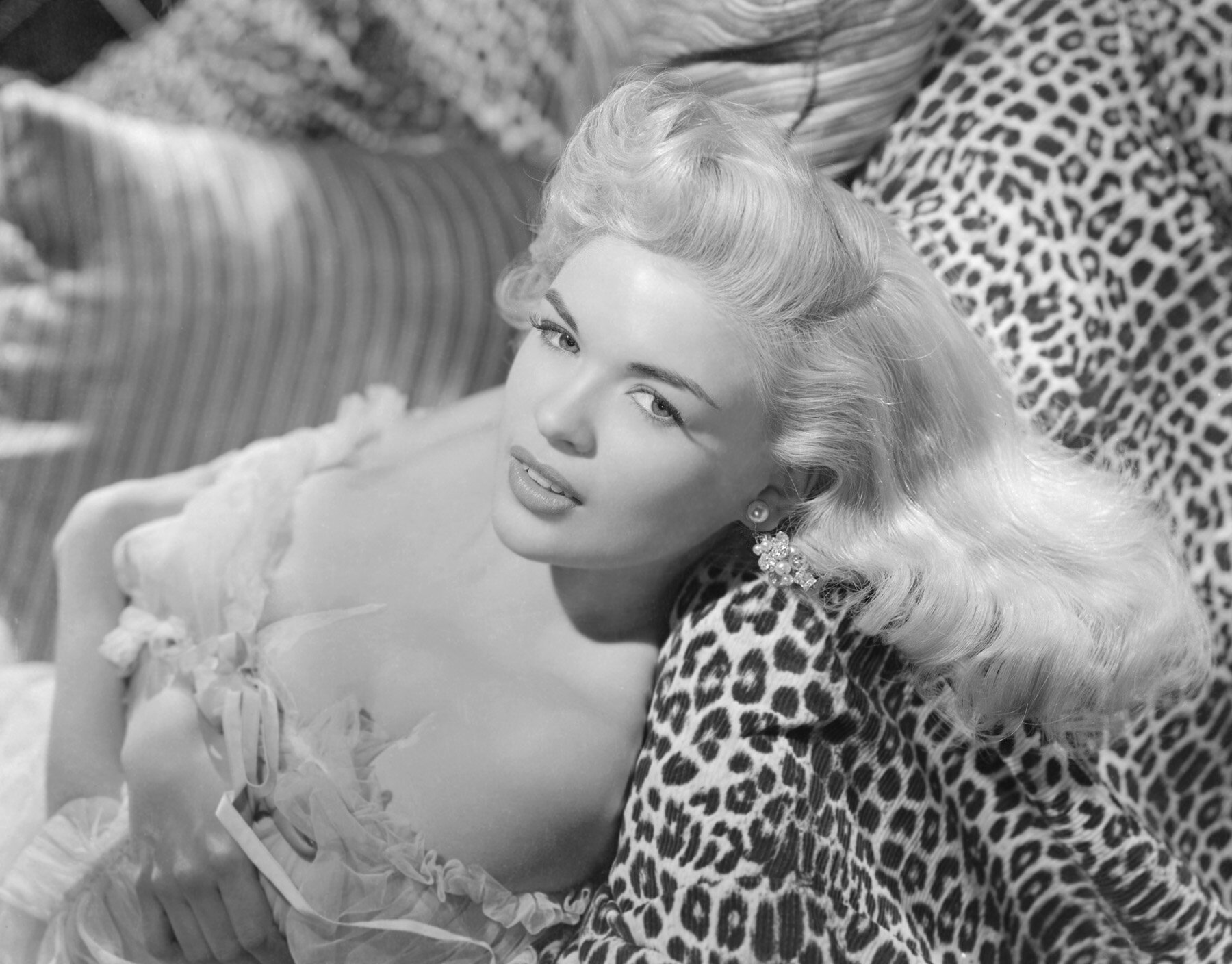The original Hollywood Dracula and Frankenstein, Bela Lugosi and Boris Karloff were two middle-aged, foreign, struggling actors who became huge stars thanks to a wave of monster movie hits released by Universal Studios during the 1930s. This season, we discuss their parallel but very different lives and careers.
Episodes:
WHERE THE MONSTERS CAME FROM: In the first episode of the season, we start by exploring where each man came from, what they were doing before they got to Universal, and why Universal began making monster movies in the first place. Listen
BELA AND THE VAMPIRES: With Dracula (1931), Bela Lugosi instantly became the first horror star of sound cinema. It’s not easy being a trailblazer, and Bela would have difficulty capitalizing on his newfound stardom. In this episode, we’ll discuss how Dracula made him, and trapped him, and trace the subsequent vampire roles that became his bread and butter. Listen
BORIS AND THE MONSTERS: After twenty years as a journeyman actor/laborer, Boris Karloff became an instant superstar as the Monster in Frankenstein (1931). Today we’ll explore how Karloff, unlike Lugosi, managed to maintain a steady stardom throughout the decades, returning to the monster that made him without feeling trapped by the character. Featuring Patton Oswalt as Boris Karloff. Listen
BELA VS. BORIS: Lugosi and Karloff, the two stars made by Universal’s monster movies, made eight films together. Today we’ll dive deep into some of these movies (including The Black Cat, The Raven, Son of Frankenstein and Val Lewton’s The Body Snatcher), and continue to explore how even when their careers brought them together, Karloff and Lugosi remained worlds apart. Featuring Patton Oswalt as Boris Karloff and Taran Killam as Bela Lugosi. Listen
BELA LUGOSI AND ED WOOD: Forgotten by Hollywood, struggling with morphine addiction and a dependency on alcohol, at the end of his life Bela Lugosi was welcomed into a ragtag bunch of micro-budget movie-making freaks led by Edward D. Wood Jr,, who would later become known as the worst filmmaker of all time. Through their collaborations on movies like Glen or Glenda? and Bride of the Monster, did Ed Wood help Bela, exploit him, or a little of both? Featuring Taran Killam as Bela Lugosi and Noah Segan as Ed Wood. Listen
BORIS KARLOFF AND ROGER CORMAN: Where Bela Lugosi lived his last decade in sad obscurity, Boris Karloff worked until the very end of his life, even as his body began to fall apart. Some of that work was for Roger Corman, the extremely prolific independent genre film producer whose movies helped to define the generation gap in the 1960's, while serving as a training ground for the next generation of auteurs. Karloff’s and Corman’s finest collaboration, Peter Bogdanovich’s directorial debut Targets, would serve as a bridge between cinematica eras, paying tribute to Karloff and his long career while depicting events that were shockingly of-the-moment--and still relevant today. Featuring Patton Oswalt as Boris Karloff and Rian Johnson as Roger Corman. Listen


